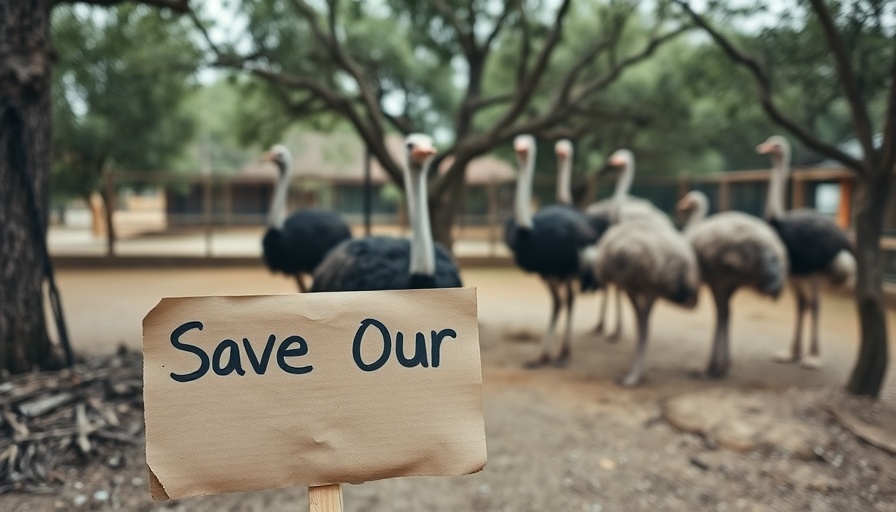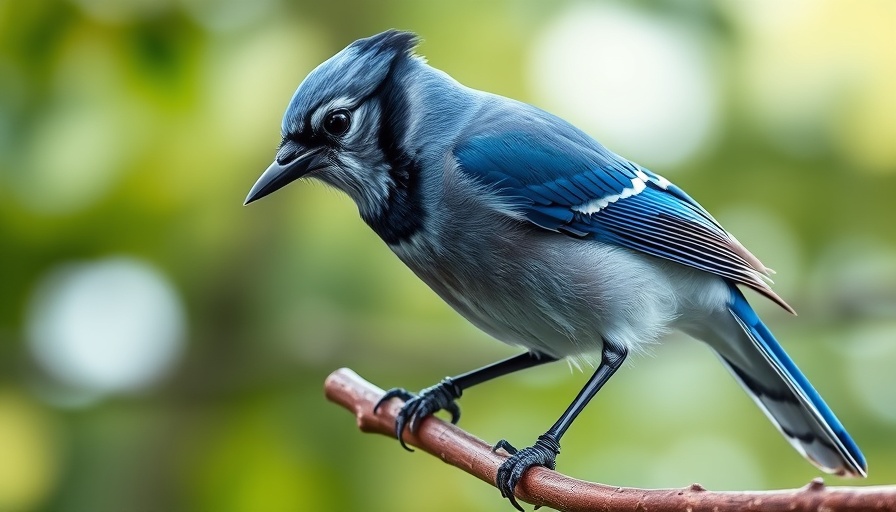
Urgent Health Crisis in Canada: Mutated Bird Flu Strikes
A mutated strain of bird flu has emerged in Canada, leading to a drastic response from health officials. A farm in British Columbia has been ordered to cull its ostrich population due to fears of widespread transmission. However, the farm's owners are resisting this order, raising ethical concerns about animal welfare and the implications of such actions in public health.
Public Health Implications of the Ostrich Cull
The culling of ostriches represents a significant public health concern. This particular strain of avian influenza has never been documented in Canada before, highlighting the unpredictable nature of viral mutations. Experts warn that failure to control the outbreak could lead to a larger health crisis, not just for birds but potentially for humans as well, emphasizing the need for strong preventive measures.
Resistance from Farmers: A Moral Dilemma
The owners of the farm are staunchly opposed to the cull, calling into question the ethics of such a measure. They argue that implementing the cull may devastate their livelihood and unnecessarily sacrifice healthy birds. U.S. health officials are stepping in, pushing for intervention to save the birds while balancing public health needs. This situation presents a complex moral dilemma regarding animal rights versus epidemiological safety.
Future Considerations in Avian Health
As the situation evolves, significant questions arise about future avian health monitoring and response strategies. With avian influenza's unpredictable mutations, strengthening biosecurity measures on farms and continued surveillance for flu strains present a proactive step. Farmers and health officials must collaborate to ensure both the safety of public health and the welfare of avian populations.
This ongoing situation underscores the interconnectedness of animal health and public health. As we confront these challenges, understanding the science behind disease emergence can better equip us in preventing similar crises in the future.
 Add Row
Add Row  Add
Add 




Write A Comment